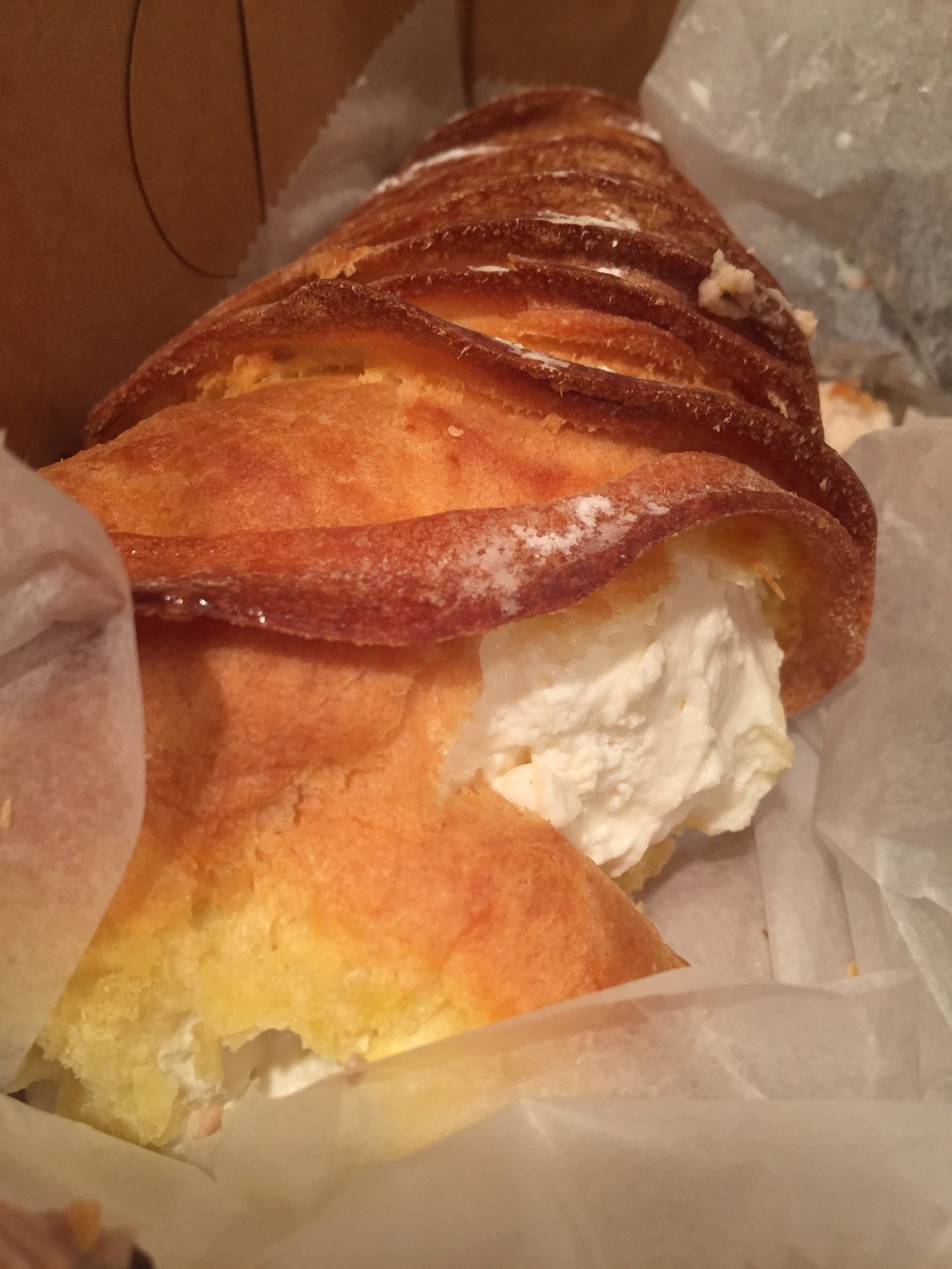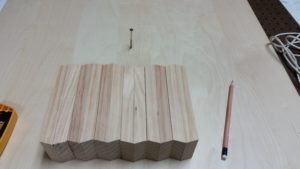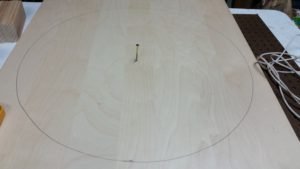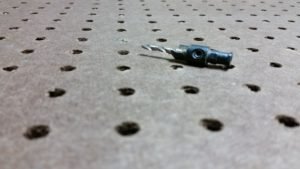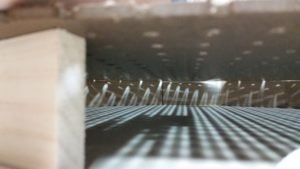In software development we have a term for design or architectural decisions that will ‘save time now,’ but will not be great building blocks in the future called ‘tech debt.’ A similar phenomenon may happen in project management that I’m calling morale debt: a decision is made that will not build up, empower, or strengthen the team, but will produce a sense of expediency.
It is known that tech debt will need to be repaid, often with interest, but leading people into morale debt comes with a steep cost that can be much greater to recover from. Once a leader forces an issue, violates trust, and removes ownership from individual contributors earning trust again can take months to years.
Morale debt may cause an entire organization to operate with great dysfunction [see also: The Five Dysfunctions of a Team] because at the core of morale debt comes a destruction of trust. You don’t borrow from a pool of funds, you reset to a negative balance instantly, and the payback must be done in installments, it can’t be repaid in 20 minutes. All apologies only start on the path to reestablishing trust. Steps will have to be taken to regrow trust and a new history of trust will have to be created.
One violation, but hundreds of steps to correction. On top of that morale debt may cause teams to dysfunction as sides become politicized and so causing trust to be lost and morale to be destroyed could be needing repayment for months at different layers.
Morale debt is not insurmountable, but if you ignore it, you will be crawling on your knees for miles in the hope that penance has been paid. Don’t do it. Move slower; move deliberately; check your emotional intelligence, and seek counsel from those you trust.
Debt sucks, morale debt may be a death knell for your organization.
